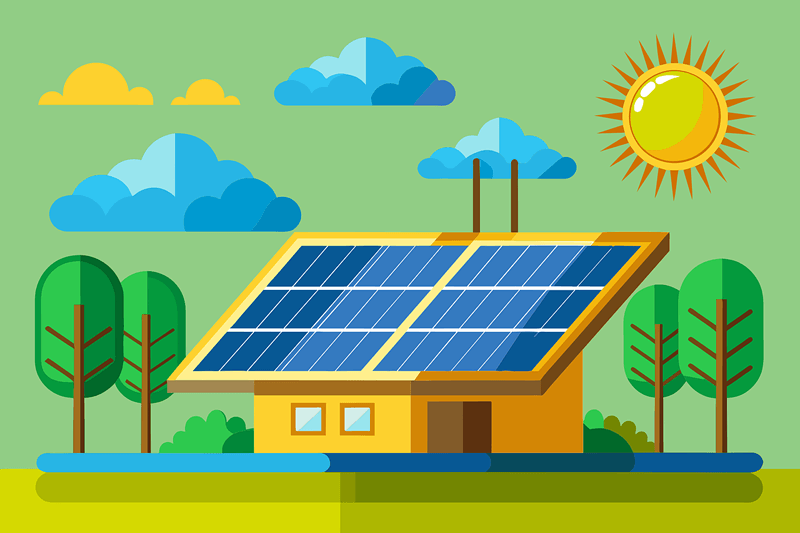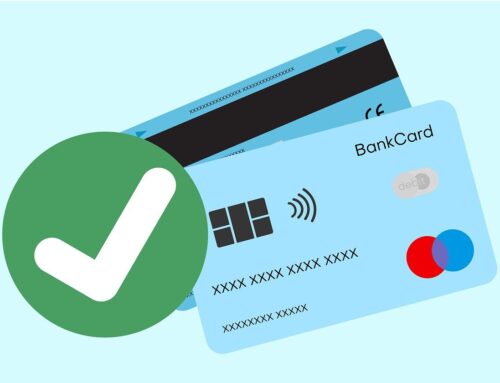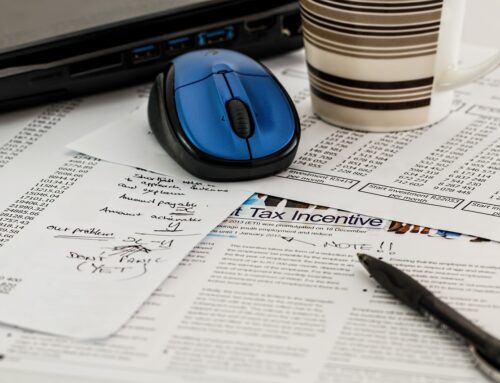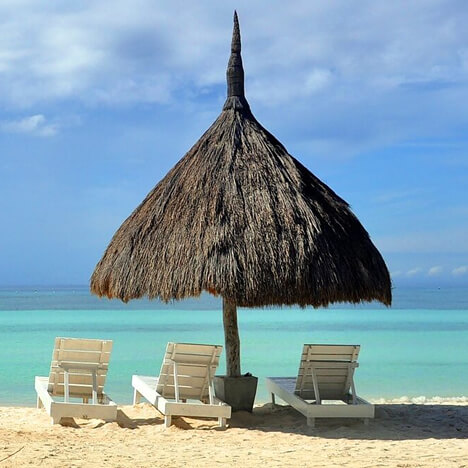
Powering Up the Philippines Solar Power: A Guide to Solar Energy and Home Use
The Philippines, blessed with sunshine all year, offers homeowners the perfect chance to explore solar energy. Choosing the right system comes down to understanding your energy needs, location, and budget. Let’s break down the three main solar options for homes in the Philippines.
Off-Grid Solar Systems: Full Independence
Off-grid systems operate without any connection to the traditional electric grid. They store solar energy in batteries, giving you power even at night or on cloudy days.
Perfect for:
-
Homes in remote areas without grid access
-
Homeowners who want full energy independence
Considerations:
-
Upfront cost: Off-grid systems require batteries and extra equipment, increasing the total cost.
-
Maintenance: Batteries need regular checks to perform well.
-
Limited backup: Power depends fully on the amount of energy stored.
On-Grid Solar Systems: Save While Staying Connected
On-grid systems work with the existing utility grid. During the day, extra energy your panels generate can be sent back to the grid. In areas with net metering, this can lower your electric bill.
Perfect for:
-
Homes already connected to the grid
-
Those looking for a lower-cost way to go solar
Considerations:
-
Grid dependence: You still lose power during outages.
-
Net metering availability: Not all areas offer this benefit.
Hybrid Solar Systems: The Best of Both Worlds
Hybrid systems combine on-grid and off-grid features. They are connected to the grid but also store energy in batteries for backup.
Perfect for:
-
Homeowners who want solar savings and backup power
-
Areas with unstable or unreliable grid service
Considerations:
-
Cost: This is the most expensive option due to batteries and grid connections.
-
Complexity: Systems require more maintenance and planning.
Choosing the Right Solar System for Your Home in the Philippines
The best solar setup depends on your location and lifestyle. Ask yourself:
-
Is my home connected to the grid?
-
How much power does my household use every month?
-
What is my budget for solar installation?
-
Do I need backup power during outages?
-
How much of my electricity do I want to generate from solar?
Talk with a trusted solar installer in the Philippines. They can inspect your home and recommend the setup that gives you the most benefit from the country’s reliable sunshine.
Building Your Solar Power System in the Philippines: The Essential Parts
You’re ready to tap into the power of the sun. Now it’s time to understand the parts that make up a home solar energy system in the Philippines. Here’s a simple breakdown of what you’ll need.
Solar Panels
These do the heavy lifting. Solar panels capture sunlight and convert it into direct current (DC) electricity. The number of panels depends on how much power your home uses and how much of that you want to cover with solar.
Inverter
Your home uses alternating current (AC) electricity. The inverter takes the DC power from the panels and converts it into usable AC power for your lights, appliances, and devices.
Solar Charge Controller (For Off-Grid Systems)
If you choose an off-grid system, a charge controller protects your batteries. It manages how much electricity flows from the panels to the batteries, preventing overcharging and damage.
Batteries (For Off-Grid Systems)
Batteries store extra energy produced by your panels. You use this stored power at night or when sunlight is low. Without batteries, off-grid systems wouldn’t work.
Mounting System
Your panels need a solid base. The mounting system keeps them securely attached to your roof or ground space. It also makes sure the panels are angled to capture the most sunlight.
Monitoring System (Optional)
This add-on lets you track how much energy your system is producing and using. It helps you spot problems early and fine-tune your energy usage for better efficiency.
Understanding these key parts will help you have a better conversation with solar installers. You’ll be ready to choose a system that works best for your home and your energy goals in the Philippines.

















